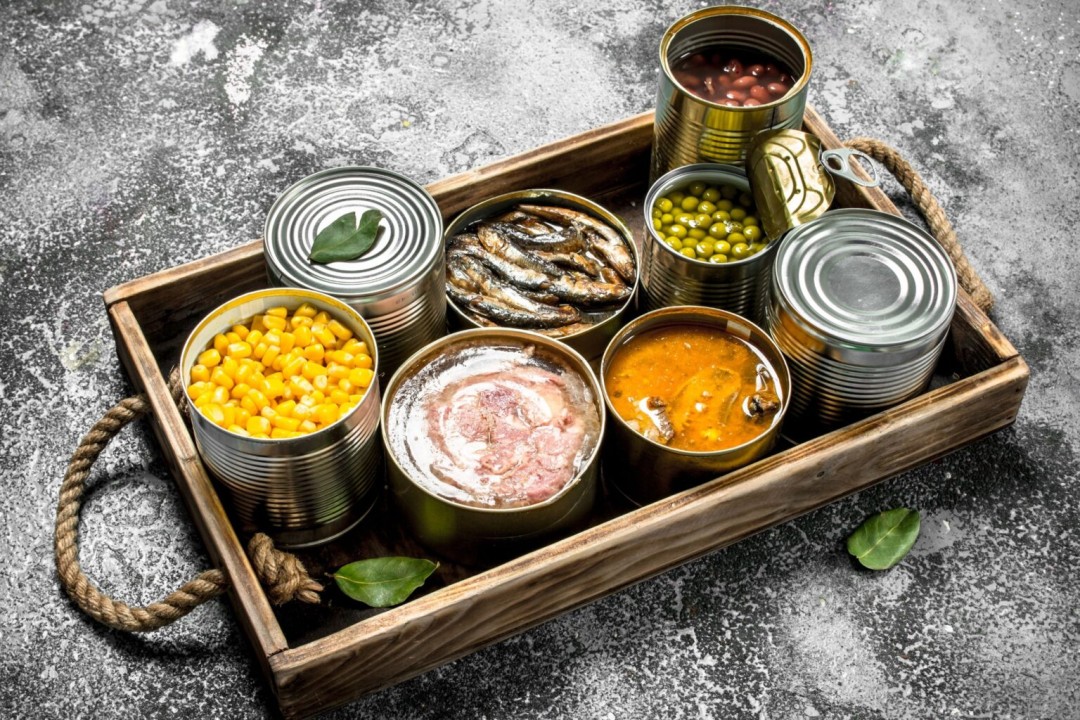
Unveiling the Chemistry of Heat: Understanding the Science Behind Thermal Energy
Introduction:
Heat, an omnipresent force in our universe, plays a pivotal role in shaping our world and driving countless processes, from cooking food to powering machinery. Behind the sensation of warmth lies a complex interplay of chemical reactions and molecular movements. In this blog, we’ll embark on a journey to unravel the chemistry of heat, exploring the fundamental principles that govern its generation, transfer, and utilization.
1. The Nature of Heat:
Heat is a form of energy that flows from regions of higher temperature to regions of lower temperature. It is a manifestation of the kinetic energy—the energy of motion—of atoms and molecules within a substance. Understanding the molecular nature of heat requires delving into the microscopic world of particles and their interactions.
2. Thermal Energy and Molecular Motion:
At the molecular level, heat is closely related to the kinetic energy of particles. As temperature increases, the average kinetic energy of particles in a substance rises, leading to greater molecular motion. This increased molecular motion translates into higher thermal energy and the sensation of heat.
3. Chemical Reactions and Heat Generation:
- Chemical reactions can either absorb or release heat, depending on the nature of the reaction and the specific molecules involved. Endothermic reactions absorb heat from their surroundings, causing a decrease in temperature, while exothermic reactions release heat, leading to a temperature increase.
- Endothermic Reactions: In endothermic reactions, energy is absorbed from the surroundings to break chemical bonds and initiate the reaction. Examples include photosynthesis, where plants absorb sunlight to convert carbon dioxide and water into glucose and oxygen.
- Exothermic Reactions: Exothermic reactions release energy in the form of heat as new chemical bonds form. Combustion reactions, such as burning wood or fuel, are prime examples of exothermic reactions that produce heat energy.
4. Heat Transfer Mechanisms:
Heat can be transferred from one object to another through three primary mechanisms:
- Conduction: Conduction involves the transfer of heat through direct contact between particles. In solids, heat is transferred as vibrating particles collide with neighboring particles, causing a chain reaction of energy transfer.
- Convection: Convection occurs in fluids (liquids and gases) and involves the transfer of heat through the movement of the fluid itself. Hot fluid rises, displacing cooler fluid, which then heats up and rises in turn, creating a continuous circulation pattern.
- Radiation: Radiation is the transfer of heat through electromagnetic waves, such as infrared radiation. Unlike conduction and convection, radiation does not require a medium and can occur through empty space. The sun’s energy reaching the Earth is an example of radiant heat transfer.
5. Heat Capacity and Specific Heat:
Heat capacity and specific heat are properties that describe a substance’s ability to absorb or release heat:
- Heat Capacity: Heat capacity is the amount of heat required to raise the temperature of a substance by one degree Celsius or Kelvin. It is dependent on the mass and chemical composition of the substance.
- Specific Heat: Specific heat is the amount of heat required to raise the temperature of one gram of a substance by one degree Celsius or Kelvin. Different substances have different specific heat values, depending on their molecular structure and bonding.
6. Phase Changes and Heat Exchange:
During phase changes, such as melting, vaporization, condensation, and freezing, heat energy is either absorbed or released as molecules transition between states:
Latent Heat: Latent heat is the heat energy absorbed or released during a phase change without a corresponding temperature change. For example, when ice melts into water, heat energy is absorbed, but the temperature remains constant until all the ice has melted.
7. Applications of Heat in Everyday Life:
Heat has numerous practical applications in various aspects of daily life:
- Cooking and Food Preparation: Heat is used to cook food by inducing chemical and physical changes in ingredients. Techniques such as boiling, baking, grilling, and frying rely on the transfer of heat to cook food thoroughly and enhance flavors.
- Heating and Cooling Systems: HVAC (heating, ventilation, and air conditioning) systems utilize heat transfer mechanisms to regulate indoor temperatures and maintain comfort levels in buildings.
- Energy Production: Heat is a primary source of energy in power plants, where it is used to generate steam and drive turbines to produce electricity. Renewable energy sources like solar and geothermal power also harness heat for energy production.
8. Environmental Implications:
The generation and utilization of heat have significant environmental implications, particularly in terms of energy consumption, greenhouse gas emissions, and climate change. Sustainable practices, energy efficiency measures, and the transition to renewable energy sources are essential for mitigating these environmental impacts.
Conclusion:
The chemistry of heat unveils the intricate relationship between molecular dynamics and thermal energy, illuminating the fundamental principles that govern this fundamental force. From the microscopic vibrations of particles to the macroscopic transfer of heat through various mediums, heat permeates every aspect of our universe and drives countless processes essential for life and civilization.
By understanding the chemical mechanisms underlying heat generation, transfer, and utilization, we gain insight into its practical applications in everyday life, from cooking meals to powering entire cities. As we continue to navigate the challenges of sustainable energy production and environmental stewardship, the principles of heat chemistry provide a foundation for innovation and progress towards a more sustainable future.
